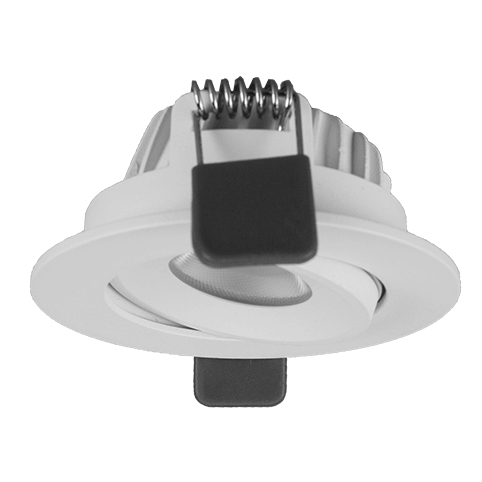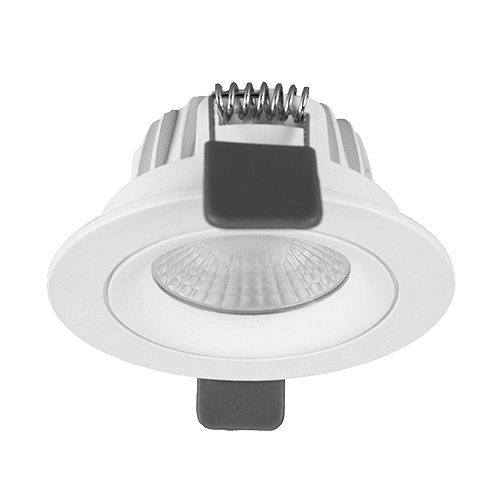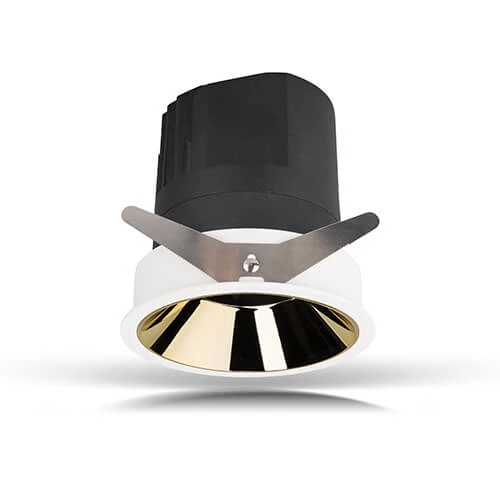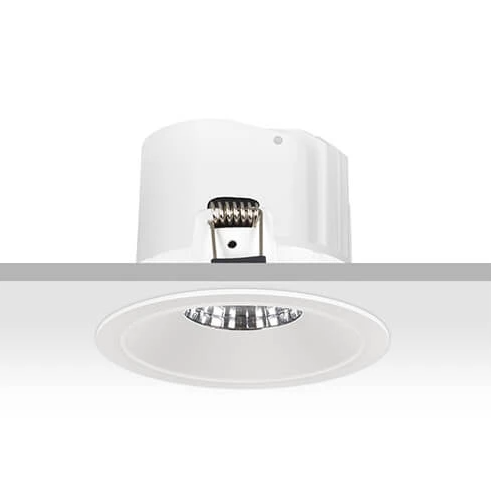Lighting plays a crucial role in enhancing the beauty and functionality of architectural spaces. Among various lighting options, recessed downlights have emerged as a popular choice. With their ability to create a seamless, minimalist aesthetic while providing targeted illumination, recessed downlights have the potential to elevate architectural features. In this article, we will explore the various ways in which recessed downlights can enhance architectural spaces and create stunning visual effects.
Recessed downlights can be strategically placed to emphasize specific architectural details, such as structural elements, textures, or intricate designs. By casting focused beams of light, these downlights accentuate the unique features of the space, creating a visually appealing focal point. Whether it's a grand staircase, a vaulted ceiling, or an ornate fireplace, recessed downlights can bring these architectural elements to life, adding depth and dimension to the overall design.
Recessed downlights offer tremendous flexibility in creating dramatic lighting effects. By positioning the lights at different angles and distances, designers can generate intriguing shadows and highlights, enhancing the overall ambiance of the space. Whether it's a gallery showcasing artwork or a hotel lobby with soaring ceilings, recessed downlights can be used to create a captivating play of light and shadow, evoking a sense of drama and elegance.
Proper lighting can significantly impact spatial perception. Recessed downlights, when strategically placed, can make a room appear more spacious and open. By illuminating the vertical surfaces, such as walls or columns, recessed downlights create the illusion of height and depth, visually expanding the space. This effect is particularly beneficial in smaller rooms or areas with low ceilings, where recessed downlights can create an illusion of grandeur and openness.

While recessed downlights are known for their aesthetic appeal, they are also highly functional. In spaces where specific tasks need to be performed, such as kitchen countertops, office workstations, or bathroom vanities, recessed downlights can provide focused task lighting. By illuminating these functional areas with adequate brightness and minimal glare, downlights enhance usability while maintaining a clean, clutter-free appearance.
Energy efficiency has become a crucial consideration in modern architectural design. Recessed downlights, equipped with LED technology, offer an energy-efficient lighting solution. LED downlights consume significantly less energy compared to traditional lighting options, resulting in reduced electricity consumption and lower utility costs. Furthermore, LED downlights have a longer lifespan, reducing maintenance and replacement costs, making them a sustainable choice for enhancing architectural spaces.
One of the major advantages of recessed downlights is their ability to seamlessly integrate into the architectural design. With their concealed installation and minimalist appearance, recessed downlights become an integral part of the space, without imposing any visual distractions. This integration allows the architectural features to take center stage, while the downlights work behind the scenes, enhancing the overall aesthetics without compromising the design intent.
Recessed downlights have the power to transform architectural spaces, elevating their features and creating captivating visual experiences. From accentuating architectural details to offering functional task lighting, these versatile lighting fixtures enhance both form and functionality. When combined with energy efficiency and seamless integration, recessed downlights emerge as an ideal lighting solution for architects and designers looking to create visually stunning and architecturally enhanced spaces.
 HK international lighting fair(Autumn Ed
HK international lighting fair(Autumn Ed
 What Type of Downlight Is Suitable for H
What Type of Downlight Is Suitable for H
 What Makes Recessed Down Lights Ideal fo
What Makes Recessed Down Lights Ideal fo
 Enhancing Outdoor Lighting with IP65 Rec
Enhancing Outdoor Lighting with IP65 Rec